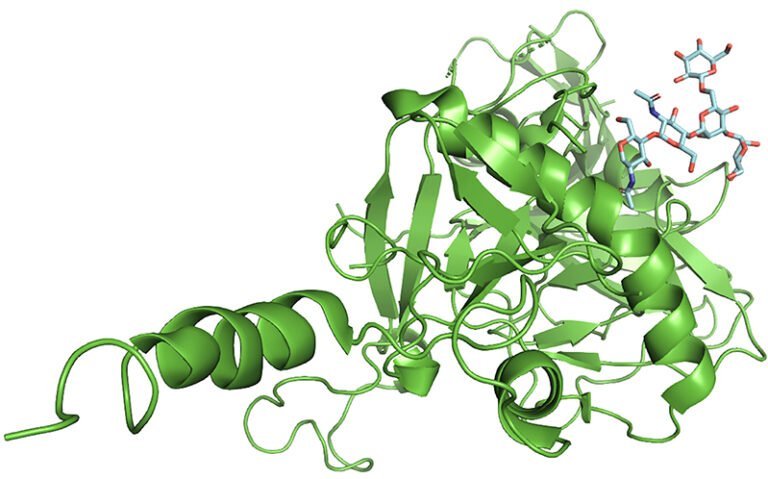Understanding ANA-LIA: A Breakdown of the Disease and Its Diagnosis Kit
ANA-LIA, or Antinuclear Antibody Line Immuno Assay, is a term that might sound complex, but it represents a crucial aspect of autoimmune diseases and their diagnosis. In this article, we’ll simplify the concept of ANA-LIA, explore what it means, and how it plays a crucial role in identifying autoimmune disorders.
What Are Autoimmune Diseases?
Before diving into ANA-LIA, it’s essential to understand autoimmune diseases. These are conditions where the immune system, which usually defends the body against harmful invaders, mistakenly attacks healthy cells and tissues. This self-attack can lead to various health problems and is often characterized by inflammation, pain, and other symptoms.
Antinuclear Antibodies (ANA)
In autoimmune diseases, a vital component to consider is Antinuclear Antibodies (ANA). These are proteins produced by the immune system that mistakenly target the nucleus of cells, where the DNA resides. The presence of ANAs in the blood is a strong indicator of an autoimmune disease. However, not all individuals with ANAs in their blood will necessarily have an autoimmune condition.
Understanding ANA-LIA
Now, let’s unravel the mystery behind ANA-LIA. This is a diagnostic test used by doctors to detect ANAs in a patient’s blood. The “Line Immuno Assay” part refers to a specific laboratory technique used to analyze the blood sample. The test is highly specific and helps in identifying the types of ANAs present in a patient’s blood.
The Diagnosis Kit
To perform an ANA-LIA test, doctors use a specialized kit. This kit includes various components:
Blood Collection Tools: A small blood sample is collected from the patient, usually from a vein in the arm, using a needle and syringe.
Antigen Strips: These strips contain specific nuclear antigens, which are substances that trigger the production of ANAs if they are present in the blood.
Reaction Chamber: The blood sample is mixed with the antigens and placed in a reaction chamber.
Chemical Reagents: Chemical reagents are added to aid in the reaction between the antigens and the patient’s blood.
Imaging and Analysis Equipment: The reaction chamber is then analyzed using specialized equipment that can detect the types of ANAs present in the blood.
The Results
After the ANA-LIA test is performed, the results are usually reported as a pattern and a titer. The pattern describes how the ANAs are distributed in the blood sample, and the titer indicates the concentration of ANAs. A positive result suggests the presence of ANAs, which is an indication that an autoimmune disease might be present. However, it’s important to note that a positive result doesn’t confirm a specific autoimmune disease. Further tests and clinical evaluation are needed to make a definitive diagnosis.
Common Autoimmune Diseases
Several autoimmune diseases can be detected using ANA-LIA, including:
Systemic Lupus Erythematosus (SLE): ANA tests are frequently used to diagnose lupus, and a positive result can be a strong indicator of this condition.
Rheumatoid Arthritis: ANA-LIA can help in diagnosing or ruling out rheumatoid arthritis, though it’s not the only test used for this purpose.
Sjögren’s Syndrome: This autoimmune disease that affects the salivary and tear glands is often associated with the presence of ANAs.
Conclusion
In essence, ANA-LIA is a crucial diagnostic tool in the field of autoimmune diseases. It helps doctors identify the presence of antinuclear antibodies in a patient’s blood, which is an important step toward diagnosing autoimmune conditions. While a positive result is a significant clue, it’s essential to remember that further testing and clinical evaluation are necessary to confirm and determine the specific autoimmune disease. ANA-LIA represents a vital step on the road to better understanding and managing autoimmune diseases.







